Attendees at the Wi-Fi Alliance® Lisbon member meeting (#LisbonWiFi22) viewed a demonstration of Wi-Fi Sensing that supports a crucial automotive use case. Child Presence Detection (CPD) leverages Wi-Fi® to detect if a child is unattended in a vehicle and can also determine if they are moving and breathing. The CPD demo, developed by Murata, NXP® Semiconductors, and Origin Wireless, utilizes Artificial Intelligence (AI) from Origin Wireless to process the Channel State Information (CSI) of existing Wi-Fi transmissions to enable Wi-Fi Sensing. In the demo, Wi-Fi Sensing technology is used to detect the presence of a child in a vehicle and can detect even slight environmental changes in real-time, including biometric variations like respiration.
Demonstrating Wi-Fi Sensing:
The demonstration includes installation of two Wi-Fi units based on NXP® Semiconductors' chipsets, one on the left side of the front dashboard and the other on the floor between the front right passenger and back passenger seats. The two Wi-Fi Sensing devices utilize Wi-Fi radio waves to take measurements of the entire vehicle and exchange that data periodically. When the car is unoccupied, Wi-Fi sensing does not detect any presence in the car as the CSI does not fluctuate. Next, demonstrators simulate an infant’s gestures and breathing by wrapping an animatronic doll with realistic respiratory chest movements in a blanket and place it in the back seat of the car. The Wi-Fi Sensing AI is run again, showing that it is now able to detect the doll’s “breathing” and any movements it makes. Because Wi-Fi radio waves are utilized to sense the environment, blind spots are eliminated, ensuring that the entire vehicle receives coverage. This is proven by rerunning the test by moving the animatronic doll into several different positions, demonstrating that Wi-Fi Sensing can successfully recognize the infant in various locations, even on the floor of the car or under a blanket.
Wi-Fi Sensing CPD capabilities displayed:
- Flexible installation options through pre-configured Wi-Fi systems, such as navigation
- Omnidirectional Wi-Fi radio waves practically eliminate blind spots, providing coverage for the entire vehicle
- Variations in radio wave reflections detect subtle movements, which are captured in CSI data
Figure 1: Wi-Fi units are installed in the vehicle (source: Murata)
Figure 2: Wi-Fi radio signals are used to detect biometric data (source: Murata)
“Wi-Fi Sensing allows the location of sensors to be highly flexible, while still providing comprehensive, real-time detection of environmental changes during critical scenarios, such as monitoring the breathing and movement of a child left behind in a hot car,” said Nozomu Kijiya, Product Engineer, Murata. “It is a powerful way to contribute to the new standard for New Car Assessment Program (NCAP) compliance.”
“Other technologies performing child presence detection often have issues with blind spots, complicated install, or expensive hardware costs,” said Dr. Ray Liu, President and CEO of Origin. “With Wi-Fi Sensing, we’re delivering a superior solution using existing Wi-Fi in a car that will give families peace of mind knowing that they will be alerted if a child is left unattended in the car – no matter where they are or if they are under blankets. We hope to keep making strides with Murata to bring this revolutionary technology to every car in the world.”
The future of Wi-Fi Sensing
Employing Wi-Fi Sensing to enable CPD can deliver peace of mind in automotive applications, but there are countless arenas in which Wi-Fi Sensing technology could make a positive impact. With straightforward installation, comprehensive coverage, and utilization of existing Wi-Fi systems, the benefits of Wi-Fi Sensing could serve multiple markets, including home security, energy optimization, building automation, healthcare, and many more.
The statements and opinions by each Wi-Fi Alliance member and those providing comments are theirs alone, and do not reflect the opinions or views of Wi-Fi Alliance or any other member. Wi-Fi Alliance is not responsible for the accuracy of any of the information provided by any member in posting to or commenting on this blog. Concerns should be directed to info@wi-fi.org.



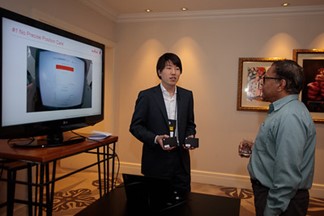
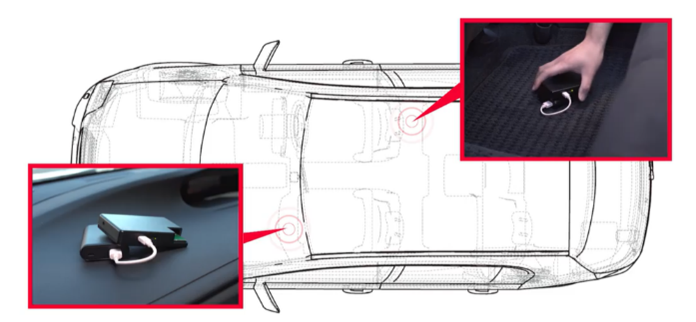
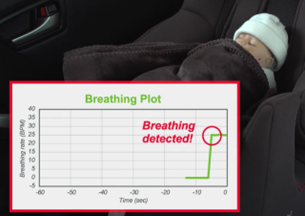
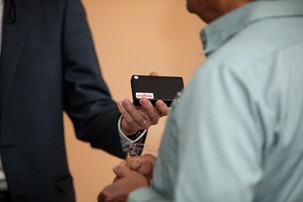
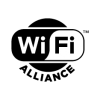
Add new comment